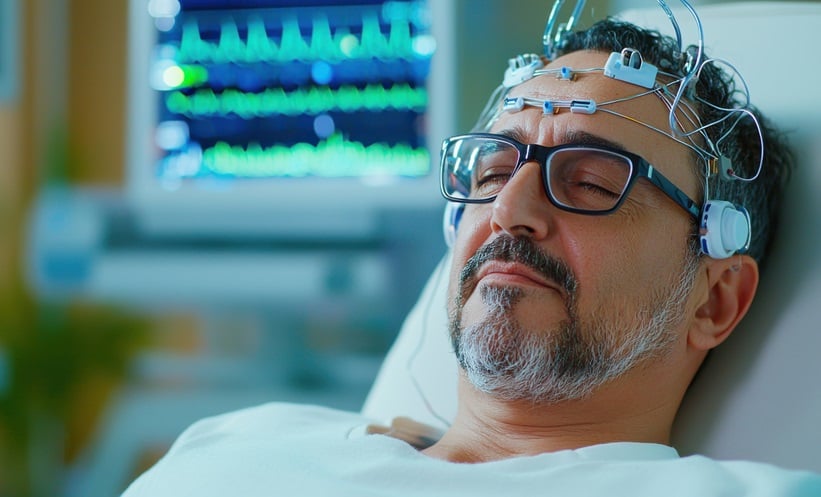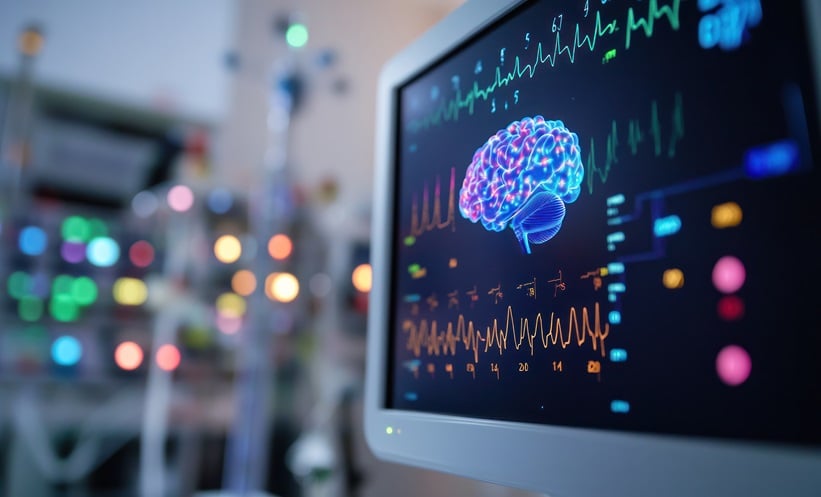A GROUNDBREAKING study has identified signs of awareness in patients who appeared entirely unresponsive after severe brain injury. Using advanced bedside imaging, researchers detected conscious brain activity in a quarter of participants who showed no behavioural signs of awareness during standard neurological exams.
Hidden Consciousness and the Search for Signs of Awareness
Detecting signs of awareness in critically ill patients is one of medicine’s most complex challenges. Traditional bedside assessments often fail to capture covert consciousness (when patients are awake internally but unable to move or respond). Recognising awareness has major implications for decisions about life-sustaining treatment and rehabilitation potential.
In this new study, scientists explored whether functional near-infrared spectroscopy (fNIRS), a portable brain-imaging method, could reveal hidden cognition in patients with acute brain injury. The research aimed to determine whether some individuals, previously diagnosed as unresponsive, might still retain a degree of awareness undetectable through standard examination.
Using fNIRS to Detect Covert Awareness
The study included 32 critically ill patients in a single intensive care unit (mean age 63 years; 15 female), all of whom lacked behavioural command-following when assessed with the Coma Recovery Scale–Revised. While being monitored with fNIRS, patients were asked to imagine playing tennis – a mental imagery task designed to trigger specific patterns of brain activity if awareness was present. 8 of the 32 patients (25%) demonstrated willful modulation of brain activity consistent with the task, revealing signs of awareness despite an apparent lack of responsiveness. Covert awareness appeared across a range of brain injury types, including anoxic, ischemic, and hemorrhagic cases. However, no clear link was found between covert awareness and recovery outcomes at three months, as measured by the Glasgow Outcome Scale–Extended.
Clinical Implications and the Future of Brain Monitoring
These findings suggest that fNIRS may become a valuable tool in identifying signs of awareness in the intensive care setting, offering a more accurate understanding of patient consciousness. Detecting covert cognition could reshape how clinicians approach prognosis and end-of-life decisions. Further multicentre studies with larger cohorts and long-term follow-up will be crucial to confirm the diagnostic accuracy and clinical utility of fNIRS. If validated, such technology could ensure that treatment and care decisions truly reflect each patient’s state of awareness, rather than relying solely on bedside observation.
Reference
Kazazian K et al. Detecting awareness in the intensive care unit using functional near‐infrared spectroscopy. Annals of Neurology. 2025;DOI:10.1002/ana.78070.






